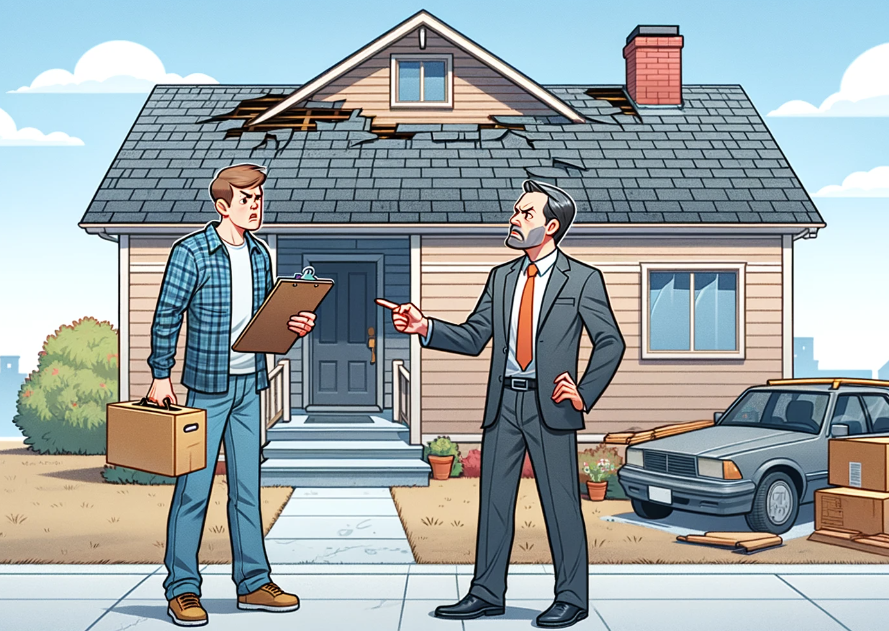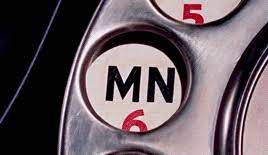The Court of Appeals has reversed and rendered a trial court judgment in favor of the victim of a serious softball injury. Coleman and Dunagan were teammates on a slow-pitch softball team, but Coleman also had experience as a high school baseball player. While warming up to pitch the first game of the season, Coleman threw a couple of overhand curveballs to Dunagan at the catcher’s position, followed by an overhand fastball that smashed Dunagan in the mouth and caused significant injury. The jury returned a verdict in favor of the plaintiff on his claim for ordinary negligence, also finding that Coleman’s conduct had been reckless.
Citing its own precedent in Connell v. Payne, 814 S.W.2d 486 (Tex. App.–Dallas 1991, writ denied), the Court of Appeals held that a showing of mere negligence was insufficient for an injury occurring as a result of participation in a sports activity — instead, the defendant must have acted recklessly or intentionally. The Fourteenth Court of Appeals in Houston has adopted a nominally different standard for sports-related liability, holding that there is no negligence duty if the risk is one that is inherent to the sport, but that non-inherent risks are still subject to the duty of ordinary care. See Chrismon v. Brown, 246 S.W.3d 102 (Tex. App.–Houston [14th Dist.] 2007, no pet.). However, the Court here did not view the two cases as establishing fundamentally different standards. Since being struck by a thrown ball is an inherent risk of the sport of softball, simple negligence alone could not justify a judgment for the plaintiff. And while the trial court had submitted the issue of recklessness to the jury, the Court of Appeals held that there was legally insufficient evidence to support that finding. As the Court noted, “inaccuracy is to be expected in every sport,” and nothing in the record showed that Coleman was aware his fastball created an unreasonable risk of harm that was substantially greater than mere negligence.
Given the novelty of the issue and the possibly different standards adopted by the intermediate appellate courts, this case could be a good candidate for review by the Texas Supreme Court. If the plaintiff takes it up to that Court, 600 Commerce will keep an eye on it.
Dunagan v. Coleman, No. 05-12-00171-CV








